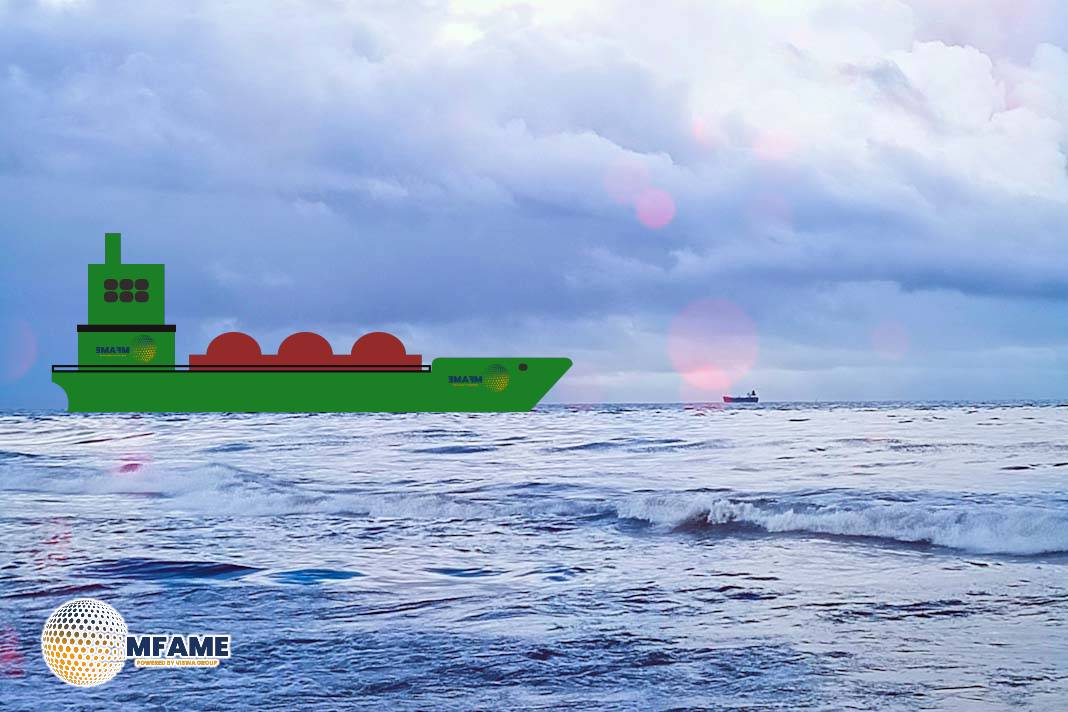On 26 December 2019, a serious incident occurred aboard the tanker MV La Solognais while at sea, as documented in the safety investigation report by Transport Malta.
A wiper entered the vessel’s grey water tank for cleaning and lost consciousness shortly after reaching the bottom. He was later diagnosed with acute diffuse toxic encephalopathy, likely caused by inhalation of hydrogen sulfide (H₂S). Emergency response from the crew enabled a swift rescue, and the injured crew member was later medically evacuated.
What happened
Earlier that morning, the second engineer and the wiper were assigned to inspect and clean the grey water tank. Ventilation and gas checks were initially carried out, and the tank was deemed safe. However, after washing, gas levels were not re-measured. When the wiper entered the tank, he lost consciousness at the bottom. He was quickly rescued by crew members, provided with first aid, and airlifted for medical treatment. The medical assessment indicated toxic gas exposure as the most likely cause.
Probable Cause
The investigation highlighted several contributing factors:
- Toxic gas presence: Waste decomposition in the grey water tank likely produced high concentrations of H₂S.
- No gas testing after washing: The atmosphere inside the tank was not re-tested after cleaning, which may have allowed H₂S to accumulate.
- Permit inaccuracies: The enclosed-space entry permit showed that a safety harness was worn, but the wiper was not wearing one at the time of entry.
- PPE non-compliance: The wiper’s helmet chin strap was not fastened, reducing its protective effectiveness.
- Lack of hazard awareness: The crew appeared unaware that H₂S could be present in grey water tanks, indicating a lack of specific training on this hazard.
Despite these issues, the quick reaction of the crew played a key role in preventing a fatality.
Lessons Learned
- Always Re-test After Changes: Gas levels can fluctuate after washing or other operations. Re-measuring atmospheric conditions must be mandatory before any confined space re-entry.
- Strict Adherence to Safety Permits: Permits should accurately reflect the actual situation. Equipment listed on the permit must be used correctly, and checks should be verified in practice.
- Increase H₂S Awareness: Crew training should specifically include information about the risks of hydrogen sulfide, particularly in grey or black water systems.
- Enforce Proper Use of PPE: Personnel must use all required safety equipment, including harnesses and secured helmets, as prescribed—not just as a formality.
- Emergency Preparedness Saves Lives: Quick and effective crew response can dramatically reduce harm. Regular drills and rescue training are essential for enclosed space operations.
- Distribute Safety Communications Fleetwide: Authorities and ship operators should circulate safety notices and reminders about confined space hazards—especially in areas not traditionally viewed as dangerous.
Did you subscribe to our daily Newsletter?
It’s Free Click here to Subscribe!
Source: Transport Malta



























